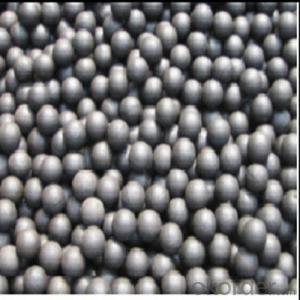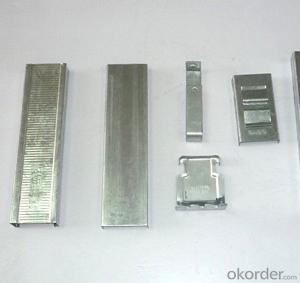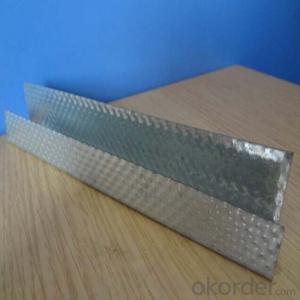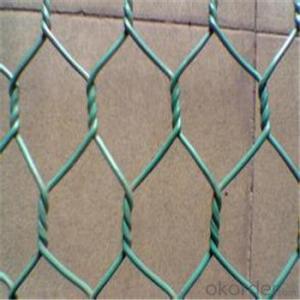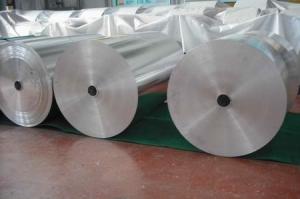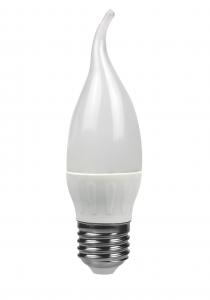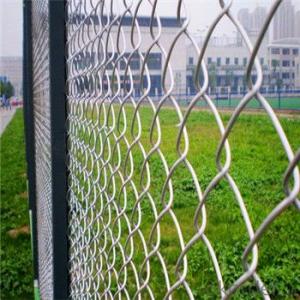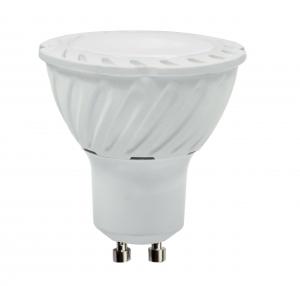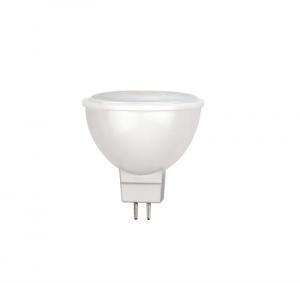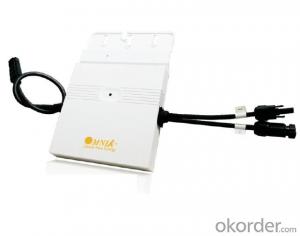3 In 1 Solar Inverter
3 In 1 Solar Inverter Related Searches
Surface Grinding Wheels For Hardened Steel Grinding Wheels For Steel Grinding Wheels For Metal Waterproofing Additive For Cement Render 3/8 In Stainless Steel Tubing Stainless Steel Drop In Anchors Scratches In Stainless Steel Purpose Of Inverter In Solar Best Solar Cells In The World Best All In One Solar InverterHot Searches
Steel Mesh Panels For Sale Price For Stainless Steel Scrap Scrap Price For Stainless Steel Cheap High Tea Sets For Sale Stainless Steel Tanks For Sale High Density Fiberboard For Sale Solar Hot Water Collectors For Sale Scaffolding For Sale In Uae Scaffolding For Sale In Ireland Scaffolding For Sale In Houston Type Of Inverter For Solar Price Of Shipping Containers For Sale Stock Price For Aluminum Used Solar Inverter For Sale Portable Led Signs For Sale Stone Hot Water Bottles For Sale Large Led Screens For Sale Used Aluminum Scaffolding For Sale 1/4 Aluminum Plate For Sale Scaffolding For Sale In Uae3 In 1 Solar Inverter Supplier & Manufacturer from China
Okorder.com is a professional 3 In 1 Solar Inverter supplier & manufacturer, offers integrated one-stop services including real-time quoting and online cargo tracking. We are funded by CNBM Group, a Fortune 500 enterprise and the largest 3 In 1 Solar Inverter firm in China.Hot Products
FAQ
- Yes, a solar inverter can be used in systems with different module orientations. Solar inverters are designed to convert the DC power generated by solar panels into AC power that can be used by household appliances or fed back into the grid. They can accommodate various module orientations, including different tilt angles or orientations such as landscape or portrait. However, it is important to note that the overall efficiency of the solar system may be affected by the module orientations and their alignment with the sun.
- Yes, a solar inverter can be used with building-integrated photovoltaic (BIPV) systems. Solar inverters are an essential component of any photovoltaic system, including BIPV systems. They are responsible for converting the direct current (DC) generated by the solar panels into alternating current (AC) that can be used to power electrical devices in buildings. Therefore, a solar inverter is necessary to ensure the seamless integration of BIPV systems with the electrical grid and the effective utilization of solar energy.
- The role of a solar inverter in maximizing solar panel output is to convert the direct current (DC) electricity generated by the solar panels into alternating current (AC) electricity that can be used in our homes and businesses. Additionally, the inverter ensures that the solar panels operate at their maximum power point, optimizing their efficiency and output. It also monitors and controls the flow of electricity, ensuring safety and preventing any damage to the solar panels or the electrical system.
- The role of a communication interface in a solar inverter is to facilitate the exchange of information and data between the solar inverter and other devices or systems. It allows for monitoring and control of the inverter's performance, as well as integration with other renewable energy systems or smart grid technologies. The communication interface enables remote access, diagnostics, and troubleshooting, enabling efficient operation and maintenance of the solar inverter.
- A solar inverter handles voltage dips and swells by utilizing various protective mechanisms. When there is a voltage dip, the inverter typically has a built-in low voltage ride-through capability, which allows it to continue operating even if the grid voltage temporarily drops. The inverter adjusts its power output to match the reduced voltage, ensuring a stable and reliable energy supply. In case of voltage swells, the solar inverter employs voltage regulation techniques to prevent excessive voltage from harming the system. It monitors the grid voltage and adjusts its own output accordingly, ensuring that the generated solar power is safely integrated with the grid. This regulation mechanism helps protect both the inverter and other connected devices from potential damage caused by high voltage levels. Overall, the solar inverter's ability to handle voltage dips and swells is crucial for maintaining the stability and efficiency of a solar power system, enabling it to seamlessly adapt to varying grid conditions and safeguarding the equipment involved.
- To calculate the maximum power point tracking (MPPT) range for a solar inverter, you need to consider various factors such as the solar panel's voltage and current characteristics, temperature, and the inverter's efficiency. Using the voltage-current (V-I) curve of the solar panel, the MPPT range can be determined by finding the point where the power output is maximized. This is typically done using algorithms within the solar inverter to continuously adjust the operating point to track the maximum power available from the solar panel.
- When considering a solar inverter, it is important to look for safety certifications such as the UL 1741 standard for grid-tied inverters, which ensures compliance with safety and performance requirements for electrical equipment. Additionally, certifications like IEC 62109 and CSA C22.2 No. 107.1 demonstrate compliance with international safety standards. It is also advisable to check for certifications related to electromagnetic compatibility (EMC) and protection against overvoltage or overcurrent situations.
- The role of a solar inverter in reactive power control is to regulate and maintain the power factor of the solar power system. It helps in balancing and adjusting the reactive power produced by the solar panels, ensuring that the system operates at an optimal power factor. This control is essential for efficient and stable operation of the solar power system, as it helps to minimize power losses and improves the overall performance of the system.


